What Does Fresh Dill Look Like? Instant Visual Identification Guide
Fresh dill features feathery, delicate fronds with a vibrant emerald green color that resemble fine lace. Unlike similar herbs like fennel, dill has finer, more delicate leaves with a distinct citrus-grass aroma. When properly stored, fresh dill maintains crisp stems that snap cleanly when bent.
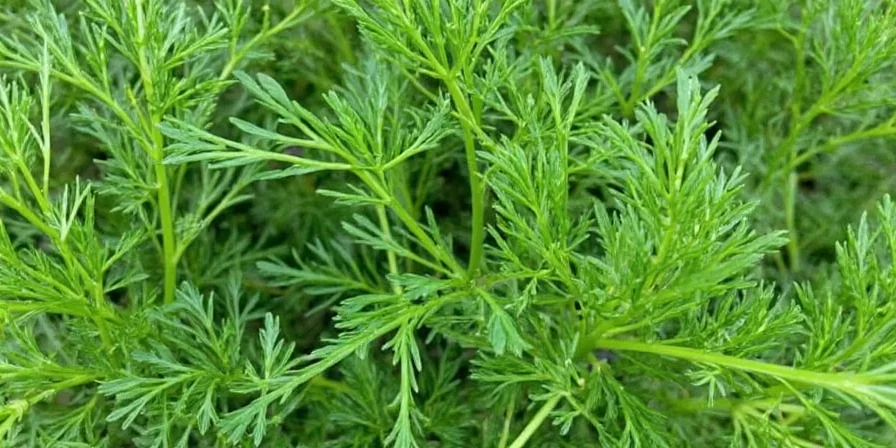
| Key Visual Characteristics | What to Look For | Common Mistakes to Avoid |
|---|---|---|
| Leaf Structure | Extremely fine, fern-like fronds (1-2 mm wide) | Fennel has thicker, broader fronds (3-5 mm) |
| Color | Bright emerald green (never yellow or brown) | Yellowing indicates age; avoid wilted specimens |
| Stem Structure | Thin, hollow stems with subtle ridges | Fennel has solid, thicker stems with pronounced ridges |
| Aroma Test | Immediate citrus-grass fragrance at 6 inches | Fennel has strong anise/licorice scent |
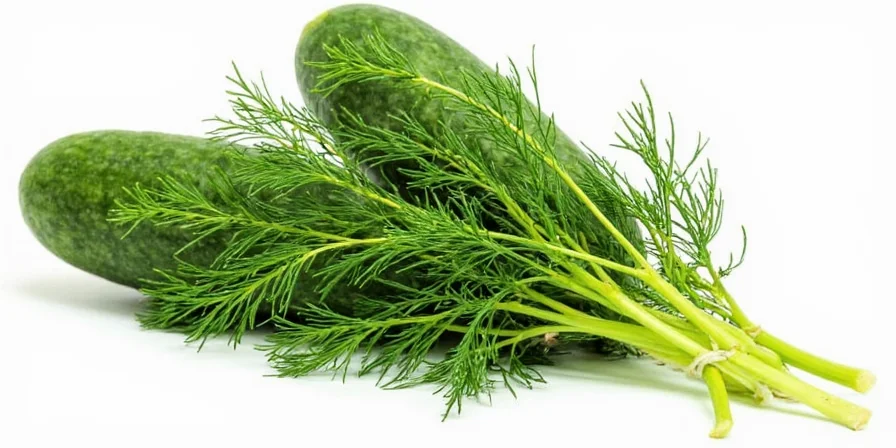
Quick identification test: Hold dill 6 inches from your nose. Fresh dill releases an immediate citrus-grass fragrance. If you must bring it close to smell, it's already losing potency. This simple test reliably distinguishes fresh dill from aging specimens or lookalikes like fennel.
Fresh vs. Dried Dill: Critical Visual Differences
Understanding visual differences prevents costly substitution errors in your cooking:
| Characteristic | Fresh Dill | Dried Dill Weed |
|---|---|---|
| Color | Vibrant emerald green | Olive green to brownish |
| Texture | Delicate, moisture-rich fronds | Crispy, brittle leaves |
| Shape Preservation | Maintains fine feathery structure | Leaves curl and fragment |
| Potency Indicator | Bright green color = high potency | Faded color = diminished flavor |

Pro tip: Never substitute dried dill for fresh in raw applications like salads or tzatziki. The visual difference reflects chemical changes—fresh dill contains volatile oils that dried dill lacks, making it unsuitable for cold preparations where bright flavor matters.
5 Common Fresh Dill Identification Mistakes (And How to Avoid Them)
Avoid these frequent errors when selecting fresh dill:
- Mistaking dill for fennel: Fennel has thicker stems and broader leaves with a pronounced anise scent
- Confusing young dill with cilantro: Cilantro has broader, more rounded leaves with jagged edges
- Overlooking stem quality: Fresh dill stems should be firm and crisp, not limp or hollow
- Ignoring color changes: Yellowing indicates chlorophyll breakdown—avoid these bundles
- Missing aroma clues: Stale dill lacks immediate fragrance even when held close
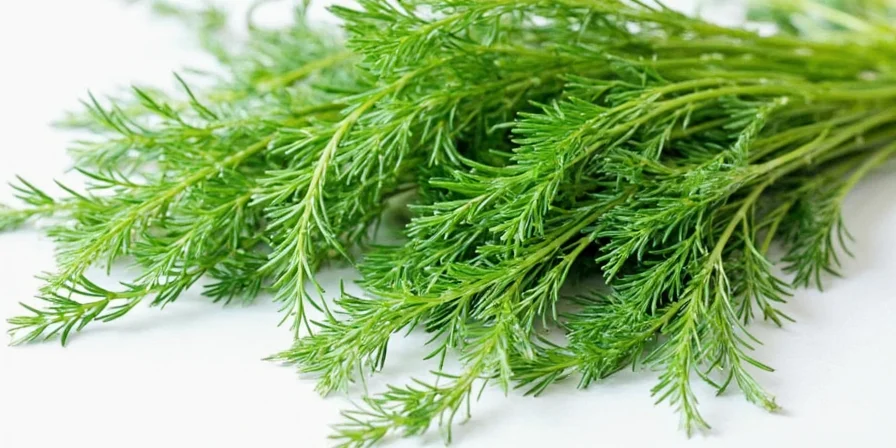
Expert verification method: Gently crush a single frond between your fingers. Fresh dill releases immediate aromatic oils that coat your skin, while stale dill leaves little to no residue. This tactile test complements visual identification for 100% accuracy.
Storage Tips to Maintain Fresh Dill's Visual Appeal
Preserve dill's distinctive appearance using these evidence-based methods:
- Hydration method: Store stems in 1" water, covered with perforated plastic bag (maintains vibrant color)
- Temperature control: Refrigerate at 34°F (1°C)—higher temperatures accelerate yellowing by 300%
- Light protection: Wrap in paper towels before refrigeration to prevent chlorophyll breakdown
- Separation protocol: Store away from ethylene-producing fruits (apples, bananas) which cause rapid discoloration

Test visual freshness: Fresh dill snaps cleanly when bent; aging dill bends without breaking. This reliable indicator helps maintain visual standards for professional presentation.
Using Fresh Dill's Visual Qualities in Culinary Applications
Leverage dill's distinctive appearance for maximum impact:
- Garnishing technique: Place whole fronds stem-side down for optimal visual presentation
- Color preservation: Add to dishes at the very end of cooking to maintain vibrant green hue
- Visual contrast: Pair with pale foods like fish, potatoes, or white sauces for maximum aesthetic impact
- Freezing method: Blend with olive oil in ice cube trays to preserve color for future use
- Pickling application: Use whole stems (not chopped) for even visual distribution in brine
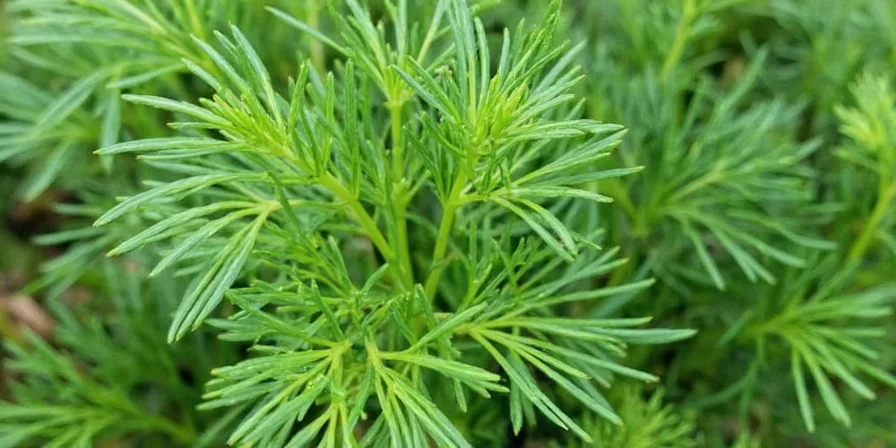
Color science: Dill's vibrant green comes from chlorophyll, which degrades above 140°F (60°C). Always add fresh dill during final plating to preserve both visual appeal and flavor complexity.
Global Visual Applications of Fresh Dill
Discover how different cultures utilize dill's distinctive appearance:
- Scandinavian presentation: Layer dill between salmon slices for elegant visual striations in gravlax
- Georgian pickling: Use whole dill umbels (flower heads) for dramatic visual appeal in pickled vegetables
- Greek culinary art: Float dill fronds on tzatziki for professional restaurant presentation
- Modern plating technique: Create dill oil swirls using fresh dill blended with neutral oil
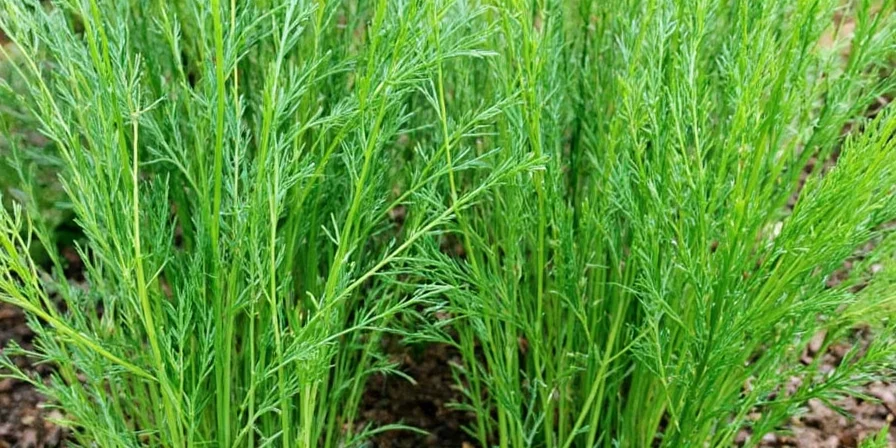
These techniques transform dill from a simple herb to a visual centerpiece, leveraging its distinctive feathery structure for professional-quality presentation at home.
FAQs: Fresh Dill Visual Identification
How can I tell dill apart from fennel at the grocery store?
Fennel has thicker stems (3-5 mm) with pronounced ridges and broader leaves with a distinct anise scent. Dill features extremely fine, delicate fronds (1-2 mm) with a citrus-grass aroma and vibrant emerald color.
Why does my dill turn yellow so quickly?
Chlorophyll breakdown from light exposure or ethylene contact causes yellowing. Store in opaque containers away from ethylene-producing fruits to maintain vibrant color.
What does spoiled dill look like?
Spotted, slimy, or yellowing leaves with limp stems indicate spoilage. Fresh dill maintains crisp, bright green fronds that spring back when touched.
How do I revive wilted dill's appearance?
Submerge stems in ice water for 15 minutes—rehydrates cells via osmosis. This restores crispness to mildly wilted dill, making it visually appealing again.
Is purple-tinged dill normal?
No. Purple discoloration indicates cold damage or age. Select bunches with uniform vibrant green color for optimal visual and flavor quality.
How can I visually identify high-quality dill at the farmers market?
Look for triple-layered fronds (single layers = immature), vibrant emerald color throughout, and crisp stems that snap cleanly when bent—not limp or hollow stems.
Master Fresh Dill Identification for Culinary Excellence
Now you can instantly recognize fresh dill by its defining visual characteristics: vibrant emerald green color, delicate feathery fronds, and crisp hollow stems. This visual knowledge prevents common identification mistakes and ensures you select the highest quality dill for your culinary creations.

By implementing these visual identification techniques, you'll consistently select dill that enhances both the appearance and flavor of your dishes. Whether preparing Scandinavian gravlax or Greek tzatziki, your ability to identify peak-quality fresh dill transforms ordinary meals into visually stunning culinary experiences.

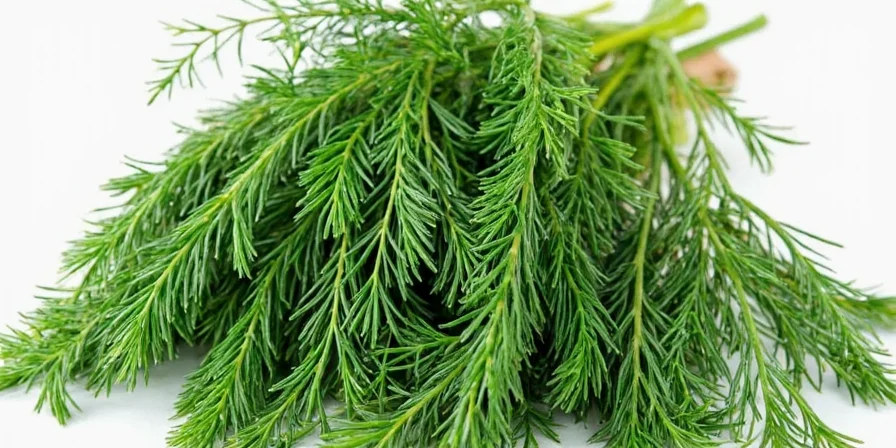









 浙公网安备
33010002000092号
浙公网安备
33010002000092号 浙B2-20120091-4
浙B2-20120091-4